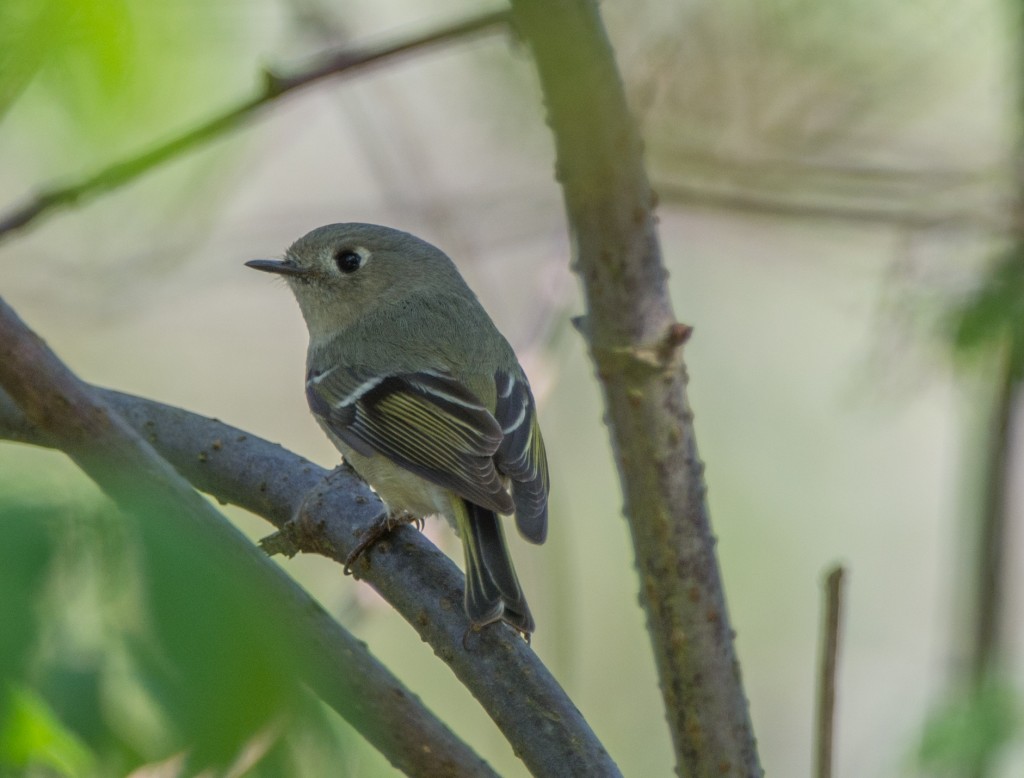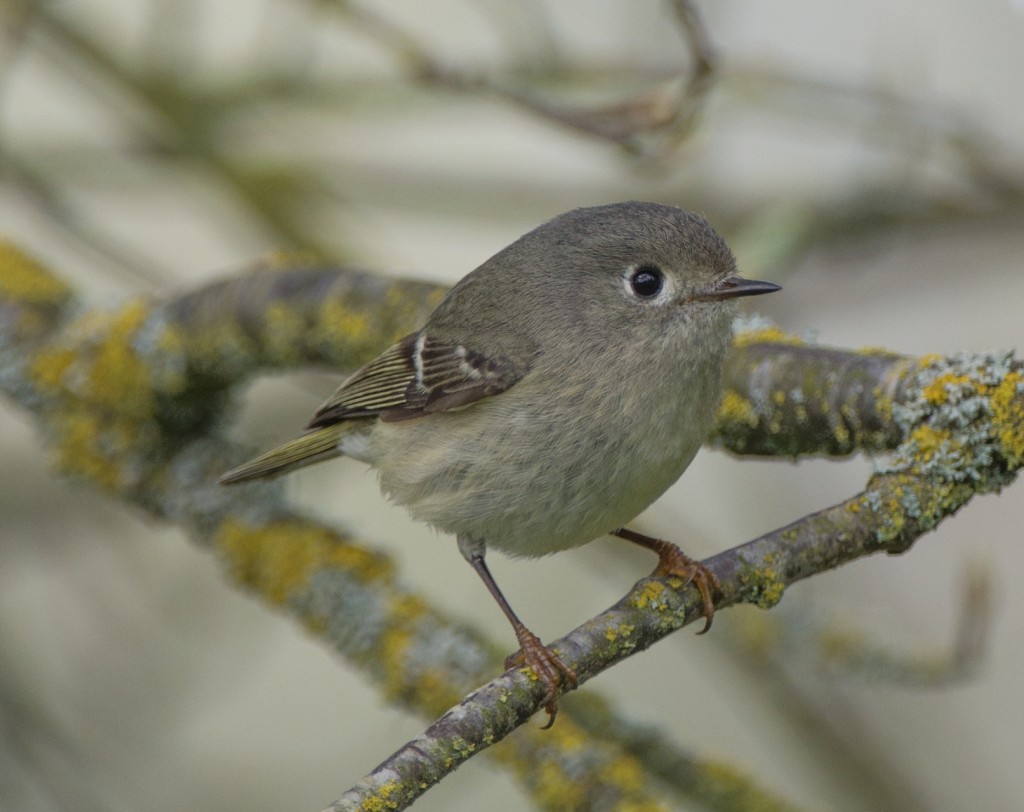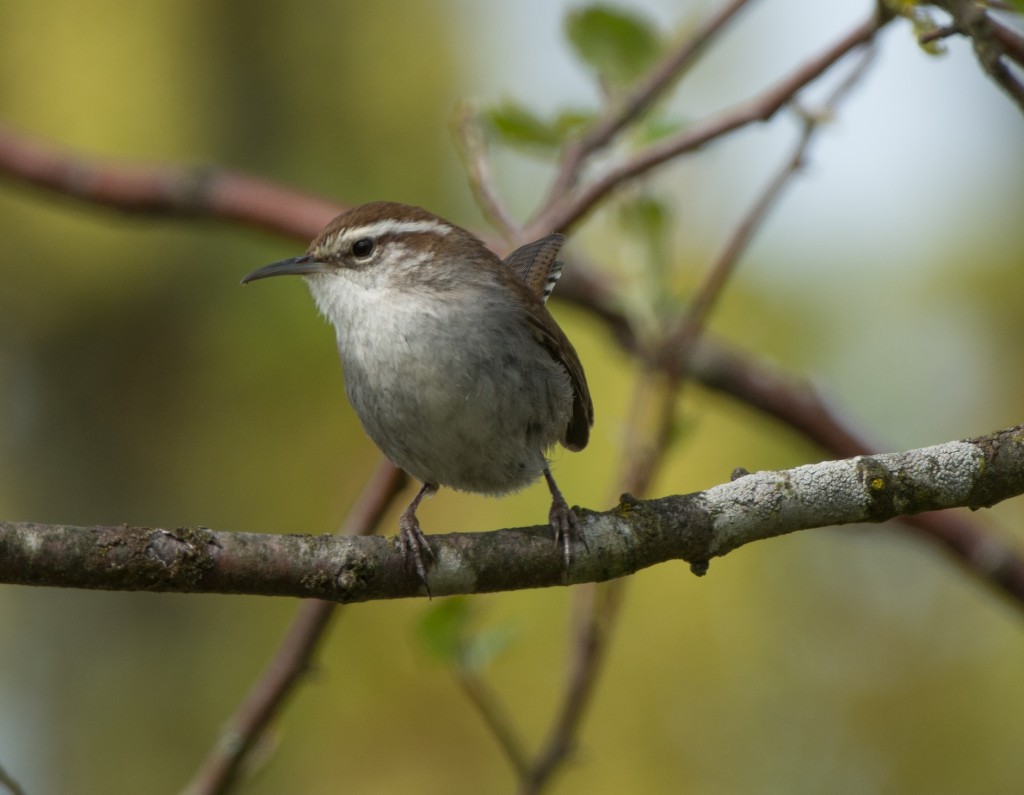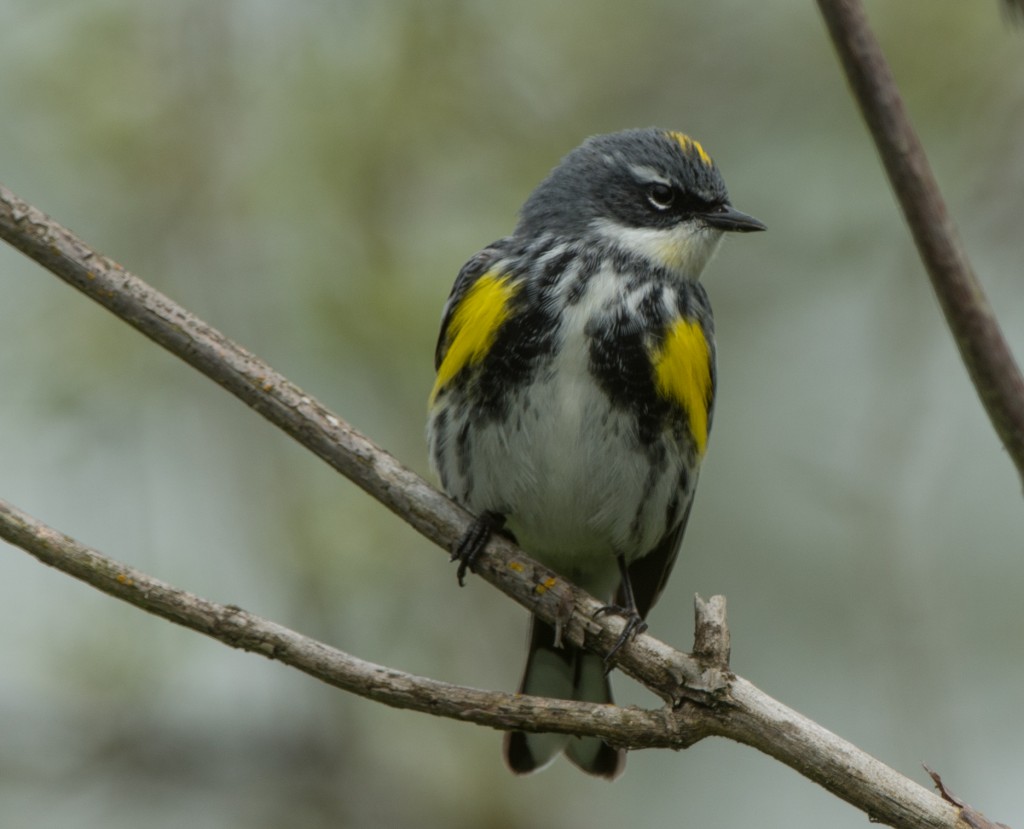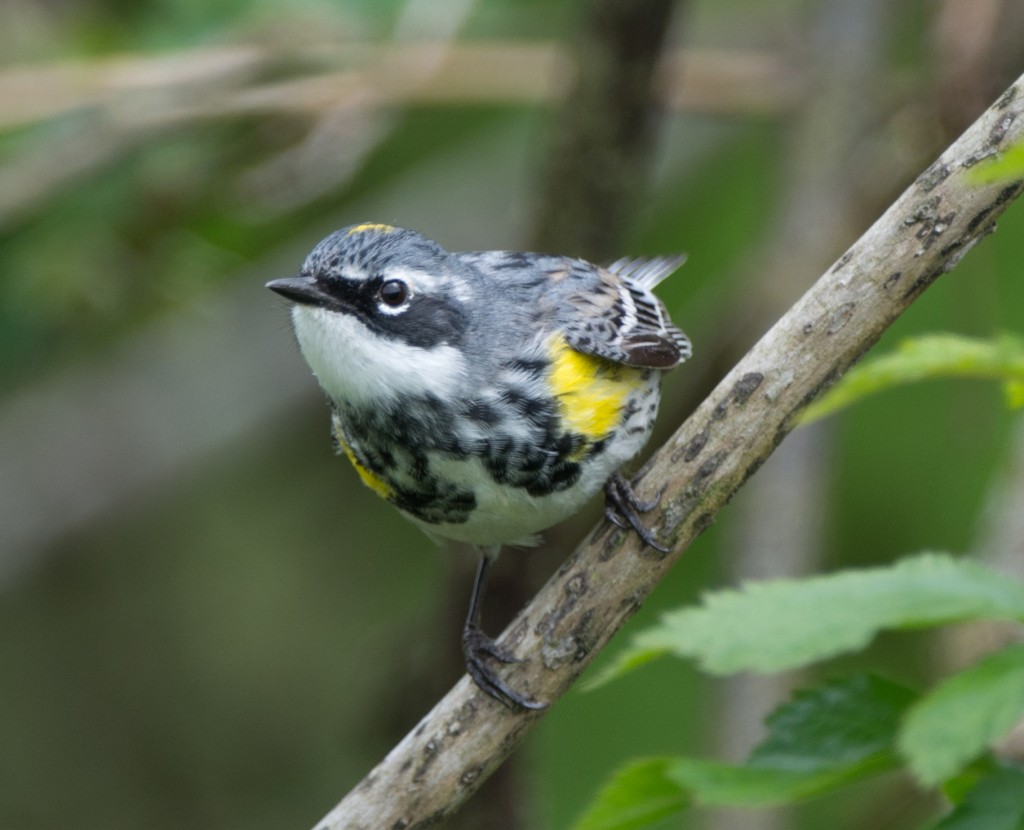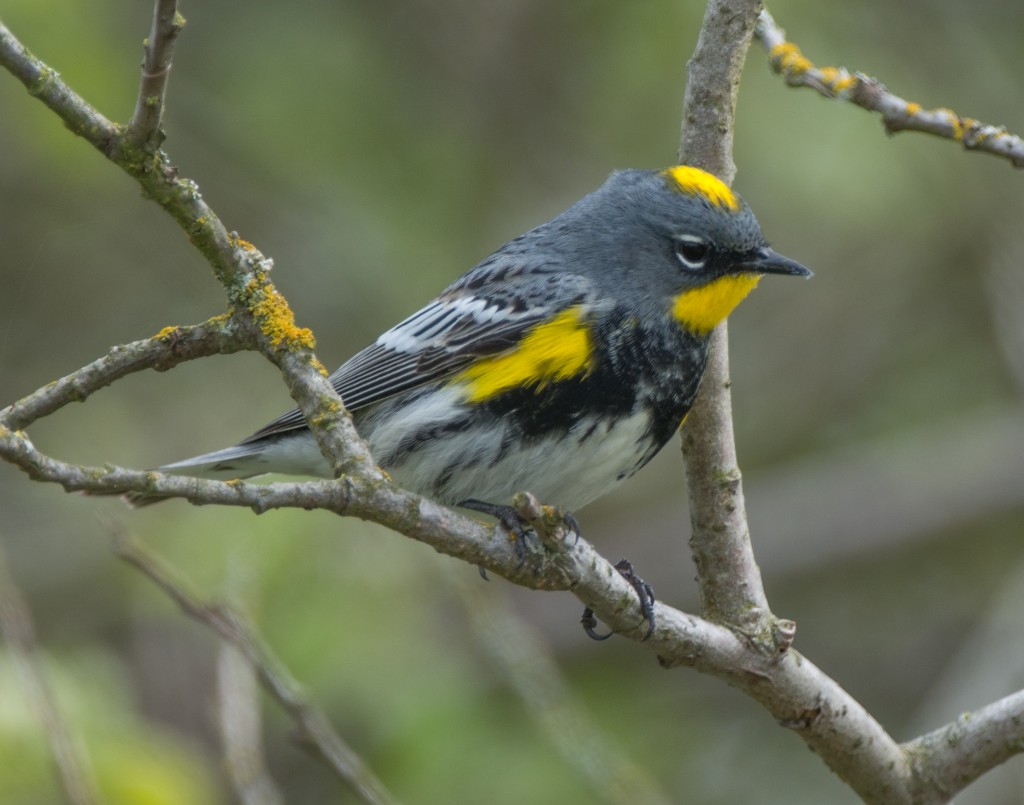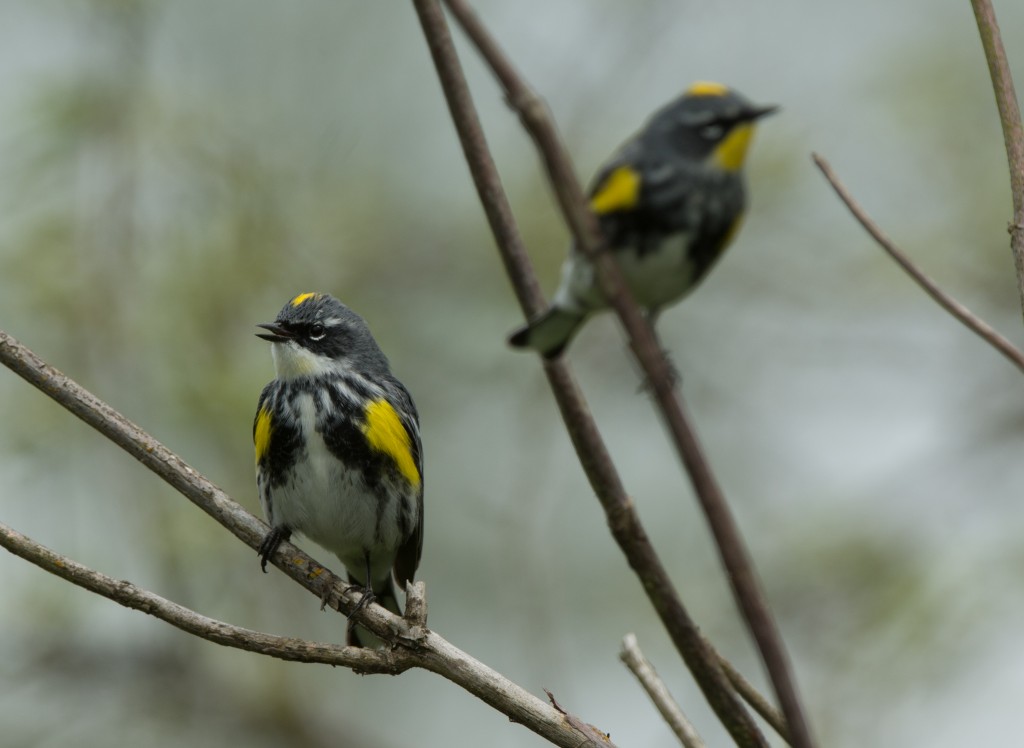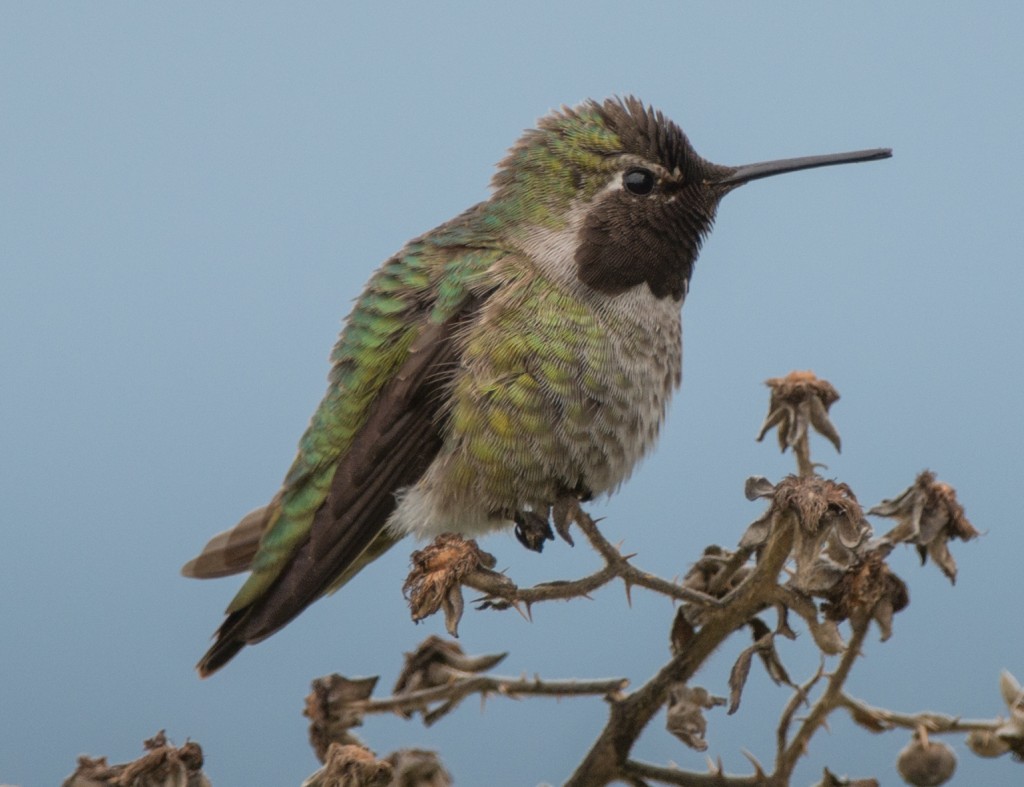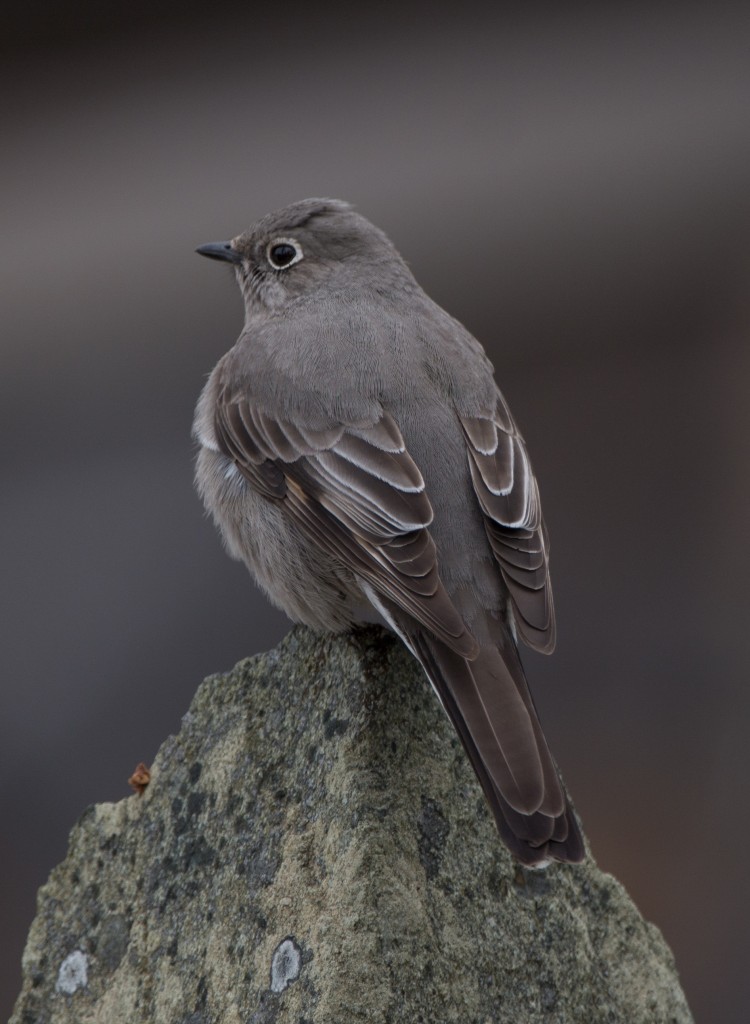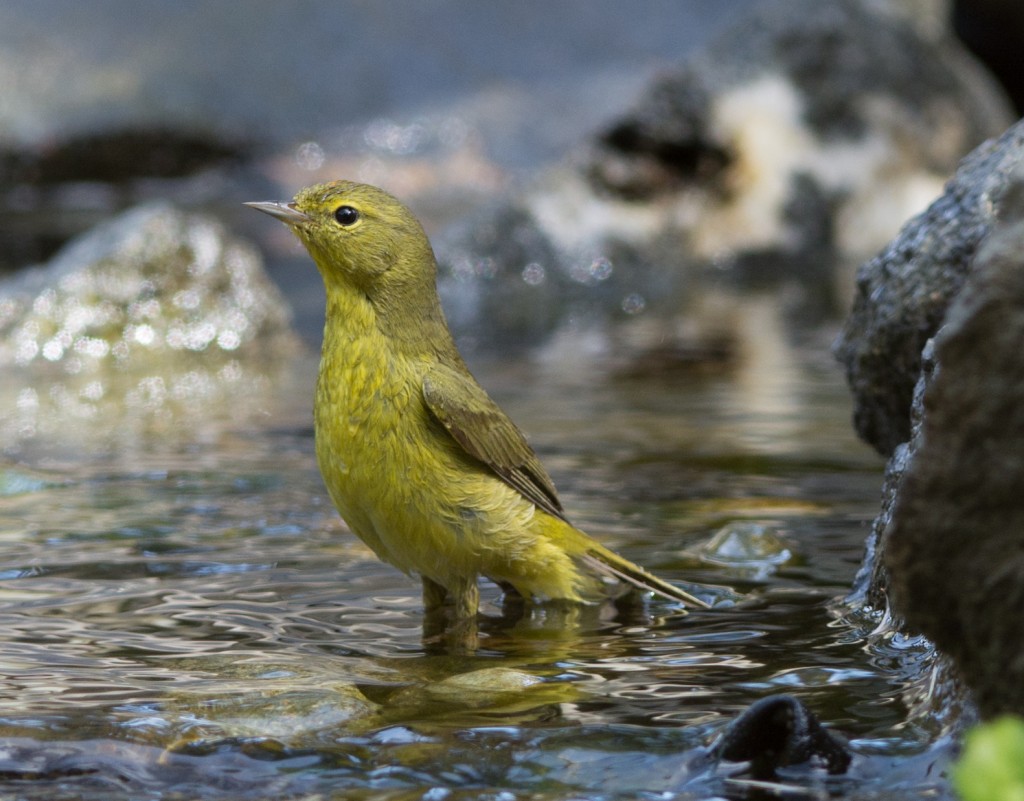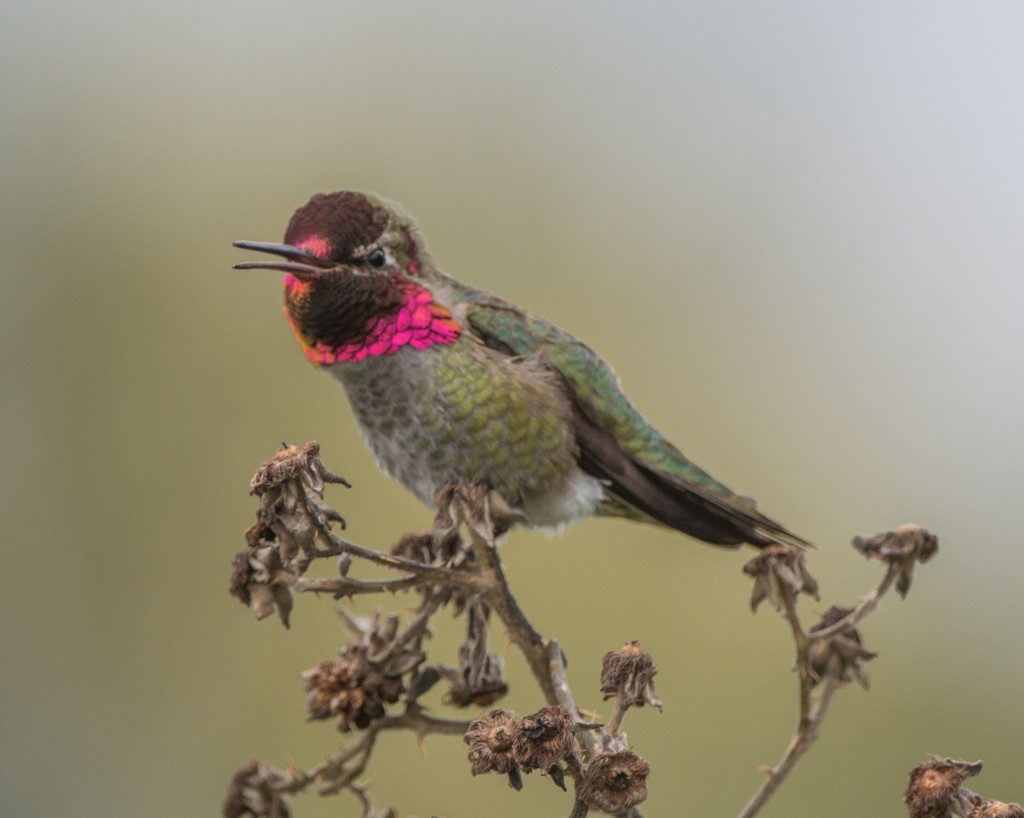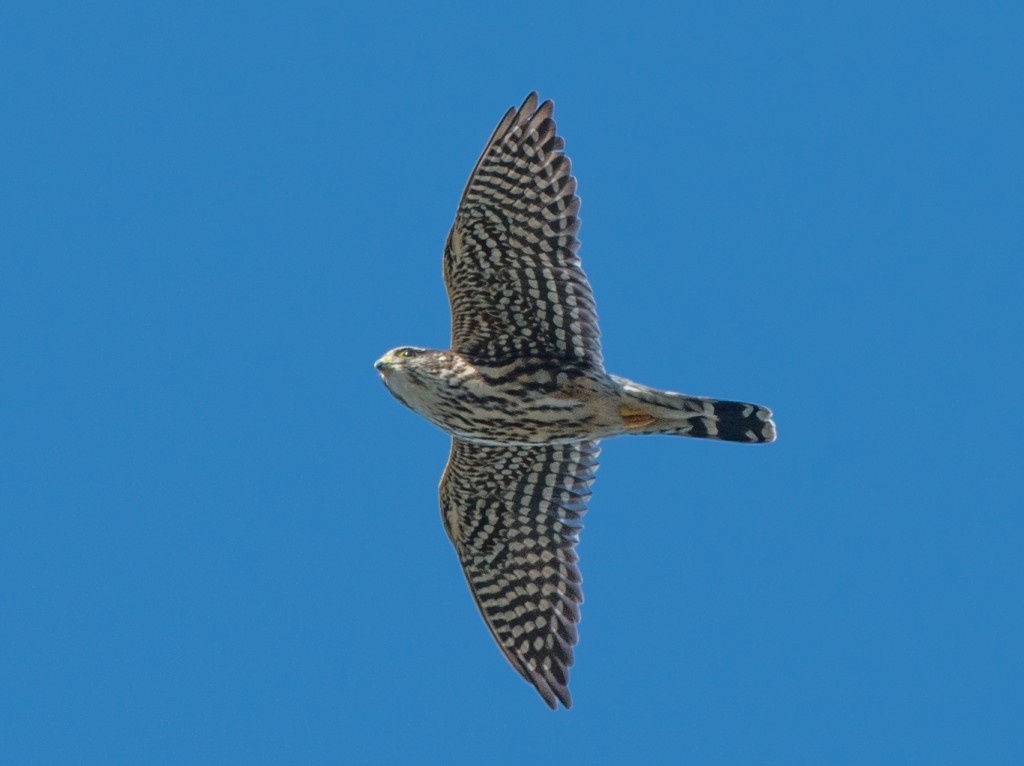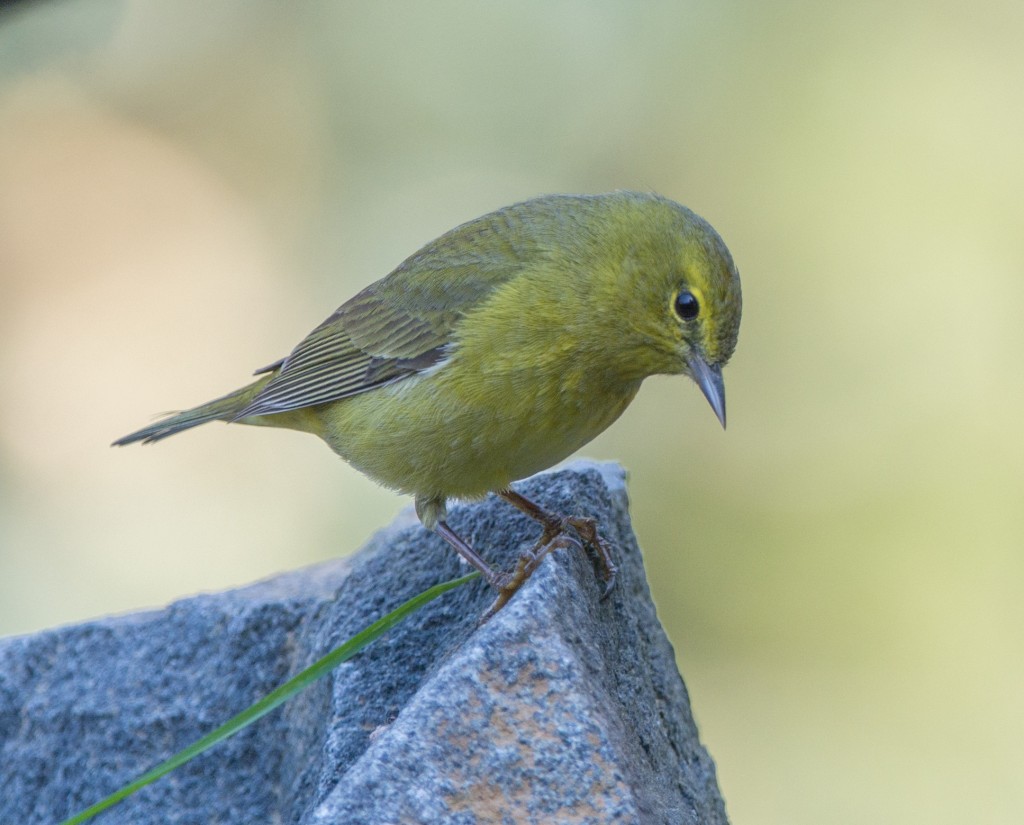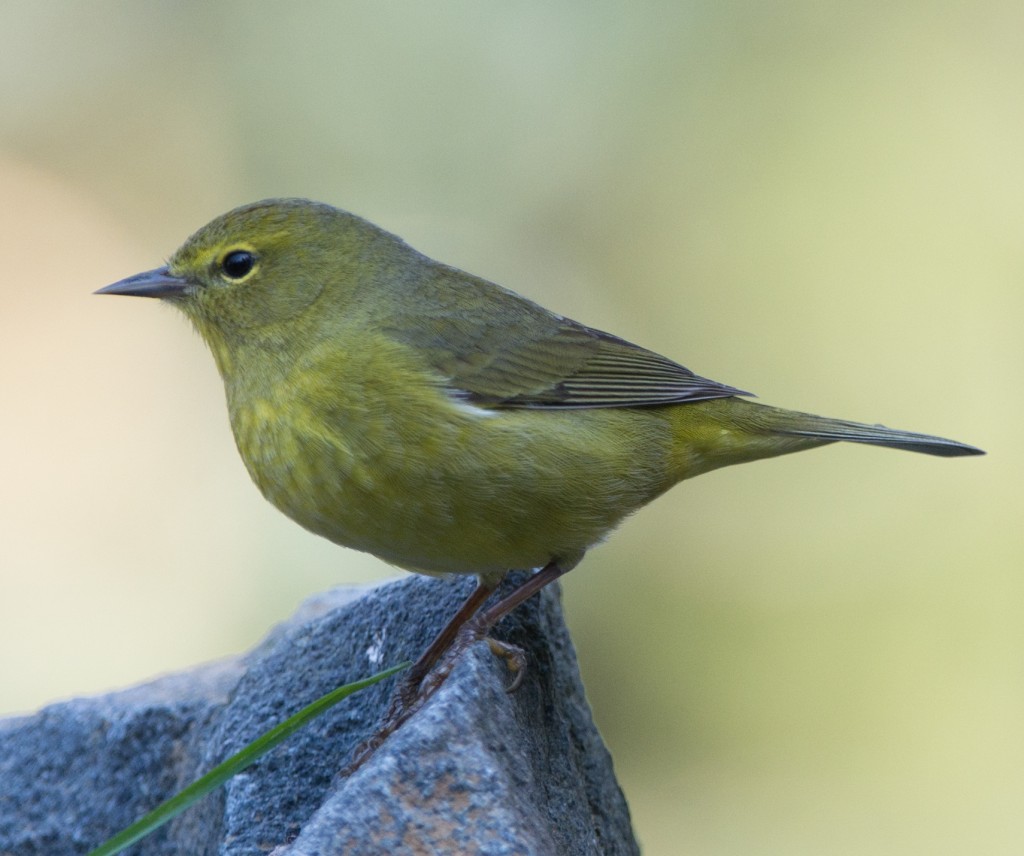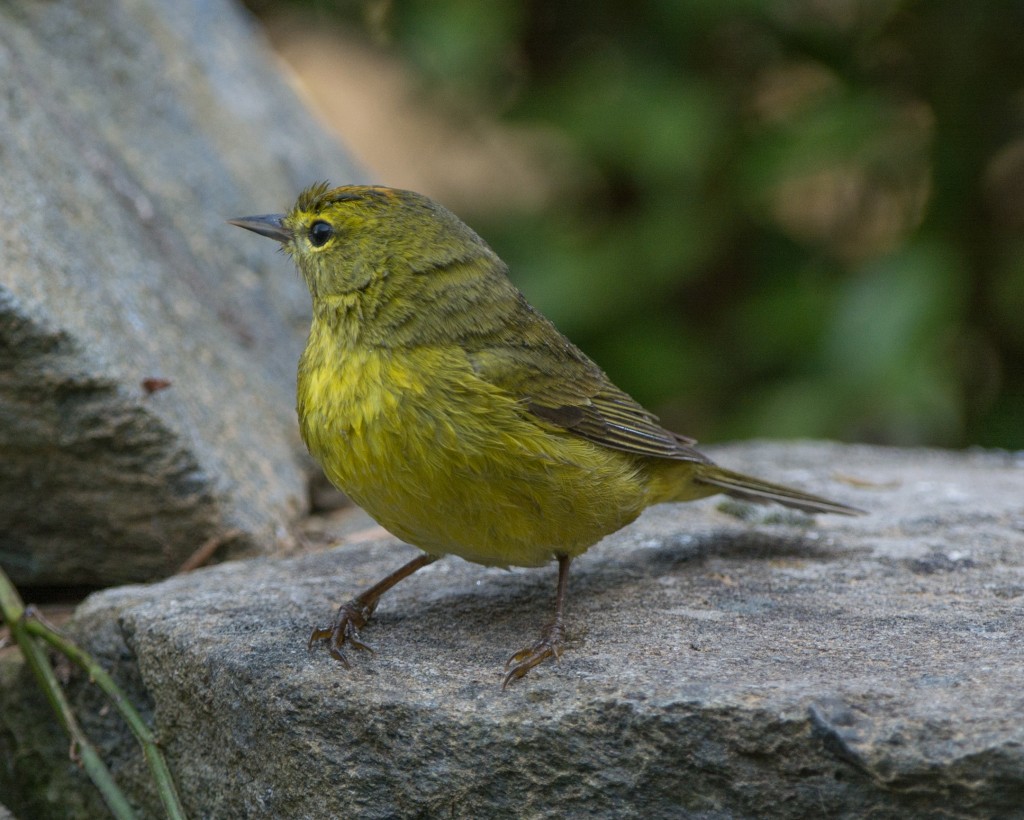As most of you realize, I consider my photographic specialty that of photographing birds. I consider myself only an average photographer and only an average birder. It’s not until the two pursuits are combined that my skills become a little more unique.
With regard to photography, most photographers get to either choose or manipulate most factors in the taking of their photographs. They might choose the time of day, the angle of their shots, their exposure and shutter speed and in many situations they also manage to manipulate their subjects… framing the shot and background, posing subjects and adding light through various means. Unfortunately, these are all techniques and tools that are usually beyond my reach.
The birds that I photograph dictate the conditions under which I am able to photograph them. I usually have to contend with many factors that are beyond my control…
· Location or setting where I find/photograph the bird,
· Time of day when I find the bird,
· The available light (in the broadest sense)
· The bird’s posture and/or activity,
· Limited time for photographs due to the bird’s movement,
· Increased shutter speed to eliminate blur,
· Reduced aperture for correct exposure to offset increased shutter speed,
· Intervening leaves, branches or twigs (which can make focusing a challenge),
· Shadows cast on the bird by the aforementioned objects as well as shadows cast by the bird’s own anatomy (especially beaks).
I can occasionally ameliorate, to some degree, some of these factors, especially when I perform photography in my own yard. When I’m outside my yard my influence is reduced from a low level to an almost non-existent level.
So all of this is an explanation as to why I’m not posting any first-class photos this week. But here is what I managed to obtain…
A male Anna’s hummingbird, presumably the one that over-wintered with us this past season. In this case he’s visiting our watercourse for a bath, an activity that apparently only takes place once or twice a day. The bird is very elusive, visiting a feeder from time to time but never lingering and usually being chased off (intimidated) by Rufous hummingbirds which seem to not appreciate his presence at the feeders. In the first photo I didn’t have good light and the contrast between the bird and background is rather low so that the bird doesn’t stand out. I am having to take the photo at a shutter speed of 1/250 of a second, somewhat slower than I would like and still have to add considerable light through my processing with Adobe Lightroom. It would be nice to see the birds gorgeous gorget at just the right angle for full display, but as I’ve already intimated, I don’t get to control that, so what we get is only a portion of it.
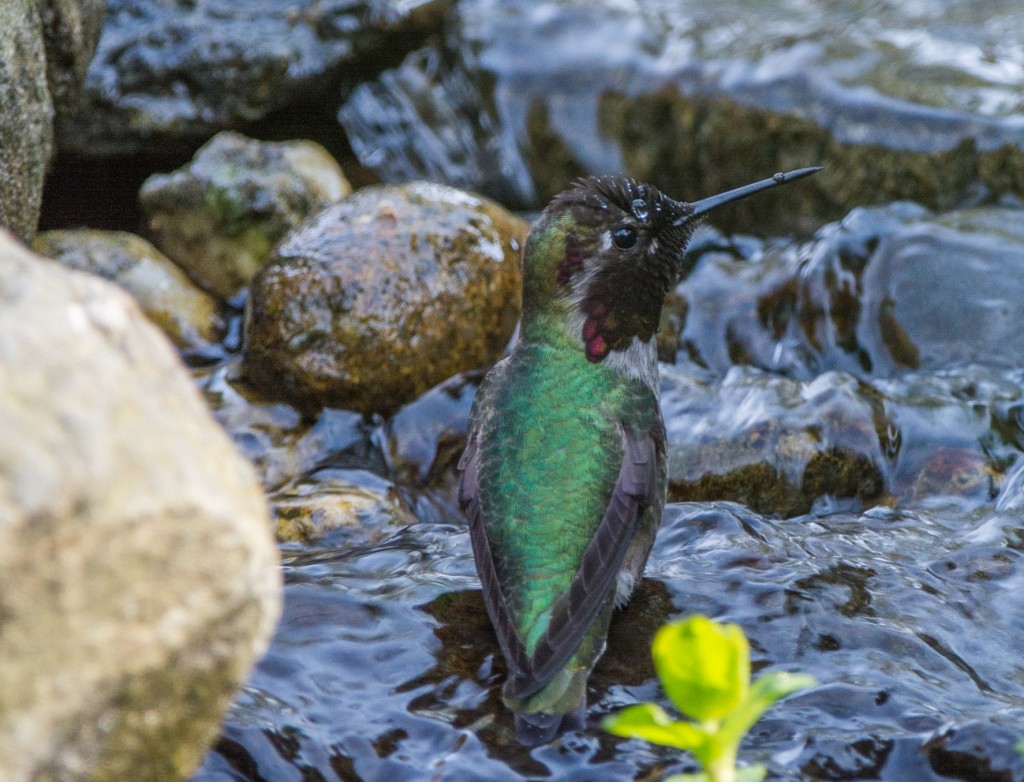
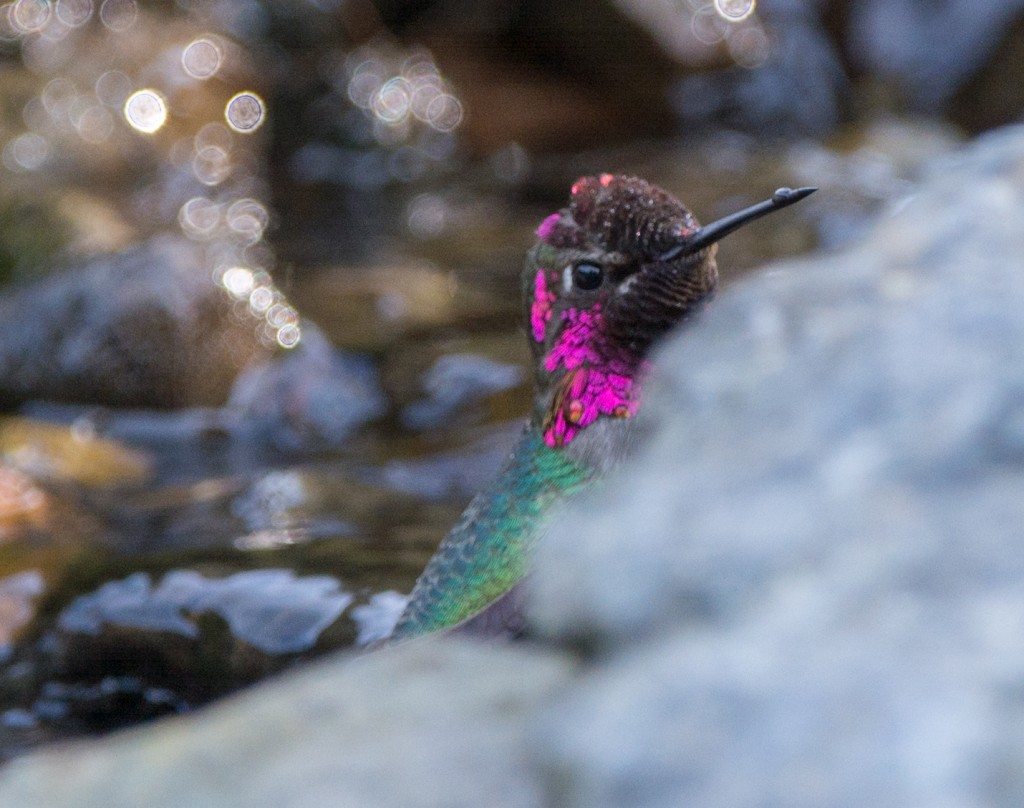
Next up, a female Bushtit I found in a small wetland area on Cap Sante. This was a female and her presumed mate was in the area. Unfortunately I spent a long time stalking this bird and only obtained a very brief opportunity, under conditions that were unfavorable for many reasons, to take some quick photos. The main problem in this case was lighting (the bird is side-lit) and I probably would have obtained a photo with more detail had I been able to use a higher shutter speed. I have much better photos of Bushtits (see prior blog posts) but this photo represents some of the challenges I face.
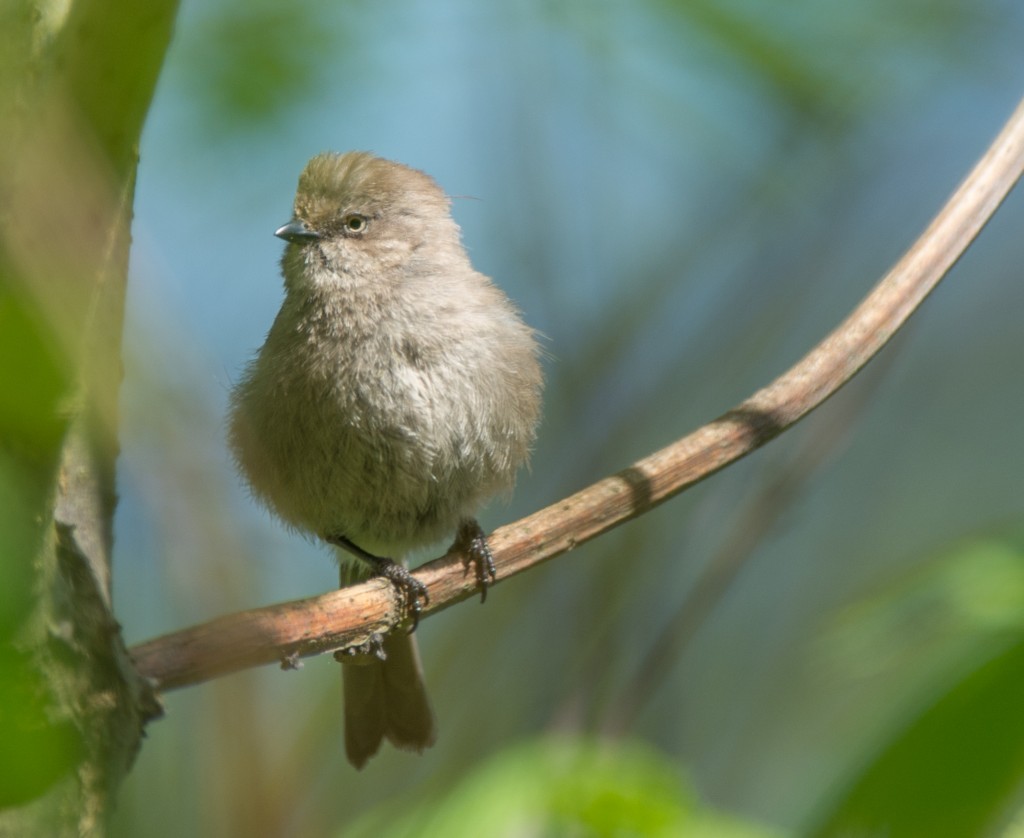
Finally, here is a photo of a Ruby-crowned kinglet photographed in low light conditions in the same area. Like the Bushtit, I spent considerable time waiting for an unobscured opportunity to photograph this bird, and when I was able to obtain two photographs (which are virtually identical) it was in very low-light conditions. I managed to capture some detail but had to rely on Lightroom to obtain anything like a usable photograph.
